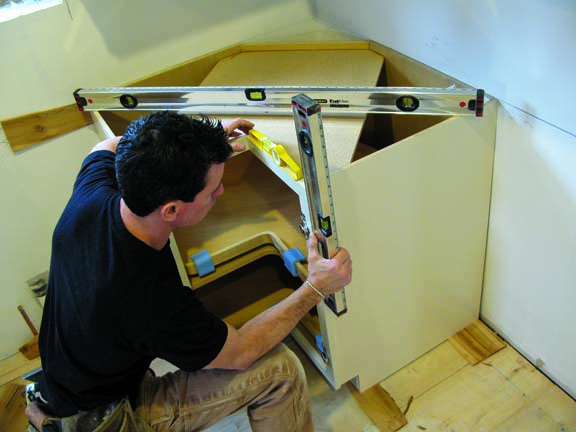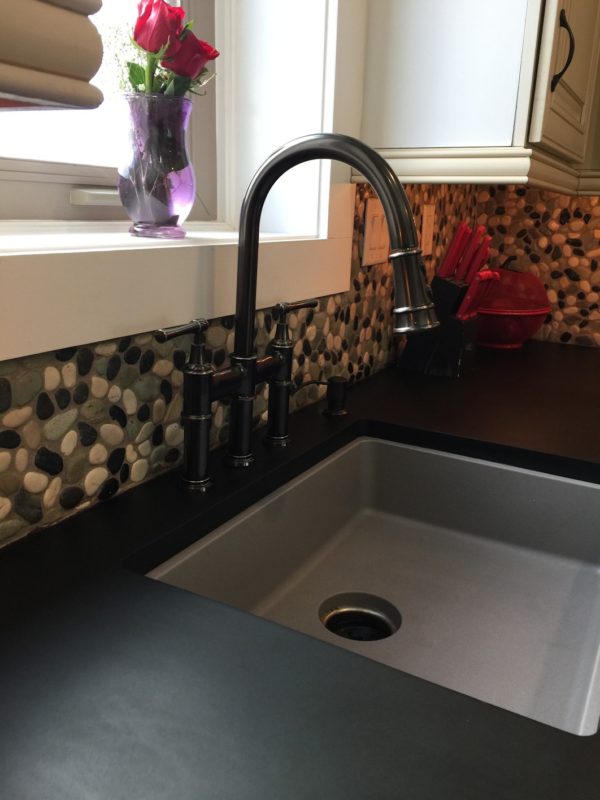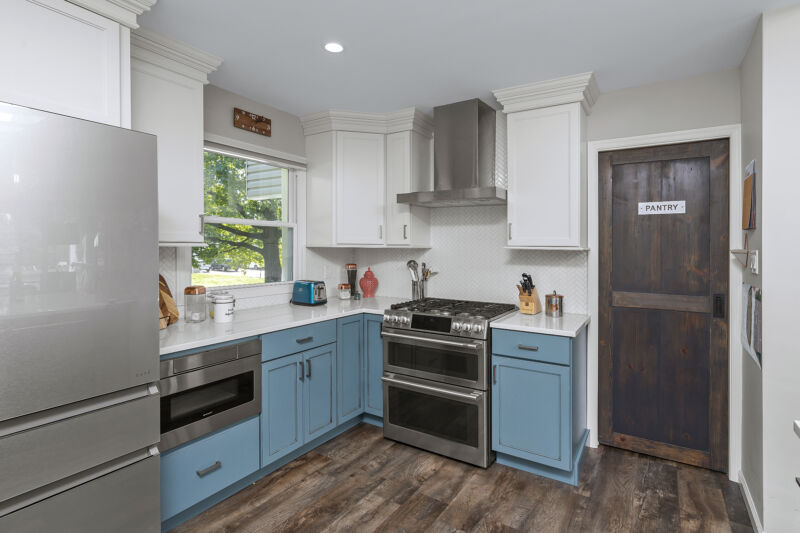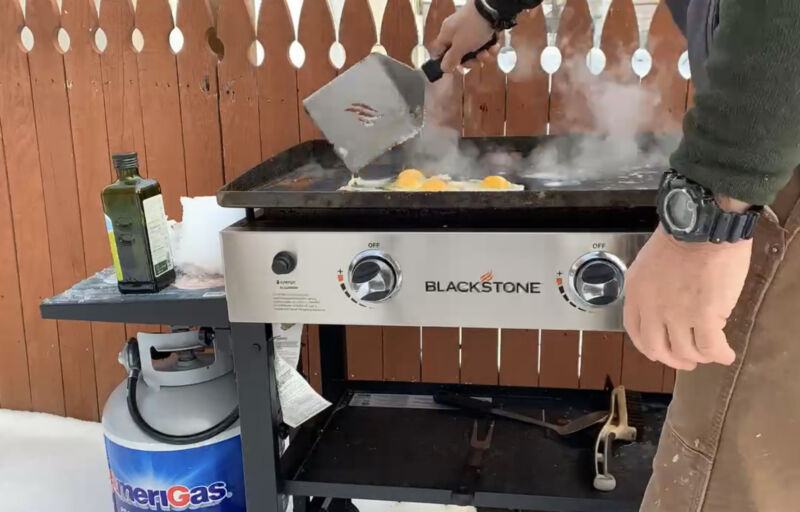
Looking for kitchen remodeling tips to make the entire process easier? We’ve got a few that will help you achieve your vision while decreasing your stress.
Just because someone says they are a kitchen designer, it doesn’t mean they are a good kitchen designer.
Getting Started
So, you’ve decided to remodel your kitchen.
It’s hard to embark on a full “kitchen remodel” for under $50,000 in most major markets, despite the numbers TV shows claim kitchens cost. If you can afford a project like this, you likely already have a good understanding of complex, disruptive processes. But what else should you be thinking about–and how should you be thinking about it?
Here are some tips from me, a remodeler, that I hope help make your kitchen remodeling experience go as smoothly as possible.
Image credit: Pexels.com
Budget
The first of the remodeling tips is about budget.
When I tell my prospective customers that I’m not the cheapest, I also tell them why: I know there will be unforeseen issues. And I build a line item into my budget that I think covers it. My experience tells me that even though I can’t see everything behind the walls, I know there are things behind the walls I can’t see and budgeting accordingly.
Key kitchen remodeling tips: I know this might seem super obvious, but the numbers of stories I hear from customers about the last guy coming back to them with his hand out for another $1,000 for this or that is not zero.
What can you DIY?
When you analyze your finances and the projected costs of home improvements, it’s helpful to think about jobs you could do yourself or savings you could make on buying supplies or materials. If you are thinking about building an addition for the kitchen, for example, go online to view the range of materials on offer and consider how much of the work you could do.
Don’t offer to help
While professional remodelers will charge you extra if you try to ‘help’ while they are working, if you are an experienced DIYer and want to do some of the work, it’s usually best to ask the contractor to bid the job without the final elements like paint and trim.
(Before you ask: Why wouldn’t a remodeler want my help? Think about this: Would you want my help at your job? Wouldn’t my ‘help’ actually make your work take longer?)
Key kitchen remodeling tips: It’s essential to remember that some tasks are only suitable for professionals.

Contractor/Design Team
You might search your neighborhood’s Facebook recommendation page or some other app to get a toehold in the world of kitchen remodeling contractors in your area. You might also be working with an architect who refers you to a GC who refers you to a custom cabinet maker.
Different firms have different models for different types of kitchens and scopes of work. Some focus on design and cabinet sales and then subcontract all the installation to vendors. Others are all in-house. And still others, I fall into this category, partner with a designer/supplier.
Point of Contact
The point is, whatever system you end up using, you may have multiple points of contact throughout the process. However, you should have a single point of contact who knows the process and can make decisions. And if there is anything that needs to work well in a process like a kitchen remodel, it’s communication.
Not All Kitchen Designers are Good
To put a finer point on it: Just because someone says they are a kitchen designer, it doesn’t mean they are a good kitchen designer. Being able to talk with both the installer and designer at the same time is something worth considering. Each brings a different level of expertise to your project.

Carpenter Andy Doyle Photo credit Linda McManus Images
Materials Selections
Like anything in home remodeling, kitchens have a good-better-best array of products.
There is a lot to consider when selecting cabinet styles, materials, colors, and sizes, so it’s best to have a contact who is reachable 5 days a week to help navigate the decision-making process. Beyond the cabinets, there also are flooring, molding, lighting, wall color, and other choices that need to be made.
Key kitchen remodeling tips: It has been my experience that dealing directly with a contact at the supplier is the easiest and least stressful method.

Flooring
Cabinet materials and door profiles are handled in the design stage, along with their concomitant budget. Flooring is, too. Tile is traditional in a kitchen setting, of course, but more and more LVP–luxury vinyl plank–has become a tidal wave trend. It’s in many restaurant bathrooms, doctors’ offices, basement remodels…you name it. And the stuff really looks like wood. It’s fast to install, it’s bulletproof, and it’s budget-friendly compared to other materials like hardwoods.
Key kitchen remodeling tips: Here’s what nobody tells you: It’s hollow. It’s slippery. It’s kind of plastic-y, as good as it looks. If there is a void in the subfloor (there are always voids) your feet can feel it and you may be able to hear it. All this may be a non-issue for you, but information is best to have up front instead of later on after the job is done.
Crown Molding
Depending on whether you prefer cabinets with space between them and the ceiling or cabinets that touch the ceiling, there may an opportunity to add a crown molding detail.
Kitchen cabinet crown is awesome. It’s inflexible hardwood that runs dead-straight along the top of a nice and level cabinet line. And that’s wonderful, unless your ceiling isn’t nice and level.
Key kitchen remodeling tips: Anything can be solved with enough time and money, but omitting crown for a few inches of space between the uppers and the ceiling works, too. Or creating a gap between the top of the crown and the ceiling is a cool spot for up-lighting.
Structure, Plumbing & Electric
Invariably plumbing and electric has to be altered, moved, upgraded, and re-routed as the room configuration, lighting requirements, egress, and added fixtures (like an island sink) change the make-up of the room.
Key kitchen remodeling tips: So, unless it is a direct replacement of as-is layout, it’s common to expect dropping all the drywall or plaster and getting back to bare framing. As work progresses, it may be advantageous to install a water softener system, particularly in areas with hard water, to enhance the longevity and functionality of new plumbing fixtures and appliances. This system can help prevent scale buildup in pipes and on faucets, ensuring that the improved water quality benefits both the kitchen and other areas of the house.
Additionally, attention must be given to updating the electrical panel to accommodate new appliances and possibly increasing overall capacity to meet modern standards and safety regulations. This could include adding dedicated circuits or enhancing existing ones to support the kitchen’s functionality.
It’s also common that finishes in adjoining rooms may need to be disrupted so wires, pipes, or HVAC ducts can get from here to there. Expect the kitchen remodeling process to impact more rooms than the kitchen.
Disruption
Other than a whole house remodel, there is no larger disruption to daily life than not having a kitchen. Solutions for this run the gamut from moving out, to take-out (make sure everybody hits the treadmill during 8-weeks of pizza).
Key kitchen remodeling tips: Setting up a temporary kitchen somewhere near plumbing so dishes can be washed is pretty standard. What I would add to this is a griddle. Sure, it’s cooking outdoors, but it’s cooking. And it’s cooking everything! The right griddle will have you boiling water and making omelets. Grills are so Yesterday.
Dust
It’s happening. If you’re the same person who mows your lawn three times a week, you need to be emotionally prepared. The journey of a kitchen remodel is messy. The dust that happens during demo and construction are part of the normal process.
Attempting to over-control the dust will make the project take longer, and it will end up costing you more time and money in the end. Most professional remodelers keep a tidy job site, which means we put up dust barriers and protect the rest of the house from getting the influx of dust. We also clean up at the end of each day.
Key kitchen remodeling tips: Things won’t be perfect
The people providing you the service can’t be held to an impossible level of perfection.
Buckle up.
Consider Credit
As we started this piece off with, kitchens are expensive. I’m no financial manager, but a home equity line of credit is about the best way I’ve seen to manage the expense over time. And whether or not you do the kitchen now, it’s a good idea to walk down to your bank on Monday and apply for one. It’s an affordable way to be your own credit card.
Key kitchen remodeling tips: Just because the interest rate is about 15 points lower than your credit card, it’s still a loan. You are not suddenly rich.
Different contractors and designers will tell you different things. Surely, some have more experience and insight than I do.
Find the process and team that works best for you. You’ll know it when it when you see it. You didn’t get this far on just your looks. You’re smart, too.




